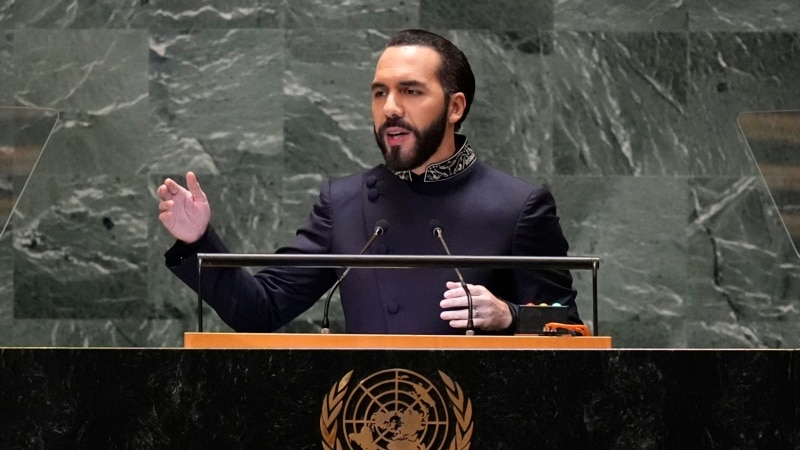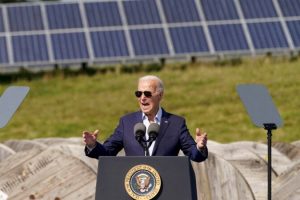El Salvador is among the safest countries in the world for the first time, according to the Global Security Report According to the study, 88% of Salvadorans agree with this, in a radical change for a country that used to have one of the highest homicide rates in the world.
Respondents admit that this has been possible thanks to the policies implemented by President Nayib Bukele against gangs, although this “has led the country to come dangerously close to a police state model, with the imprisonment of around 2% of its population.”
Results that contrast with the general opinion of the region, where sOnly 47% of the population residing in Latin America and the Caribbean They say they feel safe walking down the street at night.
The case of Ecuador
The survey also dedicates a special section to Ecuador, pointing out that the Latin American country has fallen into a deep security crisis since the COVID-19 pandemic.
“The rise in drug trafficking has triggered a wave of gang violence and homicides that has turned Ecuador into one of the most dangerous countries in the world,” said the report published this week.
In 2023, only 27% of Ecuadorians said they felt safe walking alone at night, the lowest figure in Latin America and the entire world. In the most populated province, Guayas, the situation is even more alarming: only 11% of residents feel safe at night, which places this region as one of the most unsafe globally outside of active war zones.
Overall, the perception of safety around the world has been trending positively. According to Gallup’s annual survey, 70% of adults worldwide said they would feel safe walking alone at night in their communities by 2023.
This represents a significant improvement compared to data from a decade ago, although this positive trend has stagnated in recent years.
Regions with the highest and lowest perception of security
The regions where the most people feel safe include “Asia-Pacific, Western Europe, the Middle East and North Africa, North America and post-Soviet Eurasia.” The latter, in fact, has seen the most progress over the past 20 years, going from just 37% of people feeling safe in 2006 to 71% in 2023.
However, in regions such as sub-Saharan Africa and Latin America and the Caribbean, the feeling of safety is notably lower. Only 51% and 47% of respondents, respectively, said they felt safe walking at night. In Latin America, this figure has never exceeded 50%, highlighting the persistent security crisis in the region.
The effects of the October attacks in Israel
On the other hand, the perception of security in Israel, which was at 82% in 2022, dropped sharply following the Hamas attacks in October 2023. Only 68% of Israelis said they felt safe, a significant drop compared to the previous year and a sign of the impact that violent events can have on public perception of security.
Trust in police and local communities: key to security
Despite national efforts to improve security, Gallup data They highlight the importance of a local approach to building trust and a greater sense of security. Two factors are crucial to how people perceive their safety: trust in local police and satisfaction with their community as a place to live.
Although trust in national institutions such as the government, the military or the judicial system has some influence, it is at the local level where people find the greatest sense of security.
“This reinforces the idea that, in order for people not only to be safe, but also to feel safe, it is essential to strengthen relationships of trust and collaboration at the community level,” the consultancy points out.
“When people feel safe, they are more likely to invest in their relationships, educate themselves and collaborate to build communities that are more resilient to crises such as natural disasters, economic downturns or political conflicts,” the report concludes.
Connect with the Voice of America! Subscribe to our channels YouTube, WhatsApp and the newsletter. Activate notifications and follow us on Facebook, X and Instagram.
















Add Comment